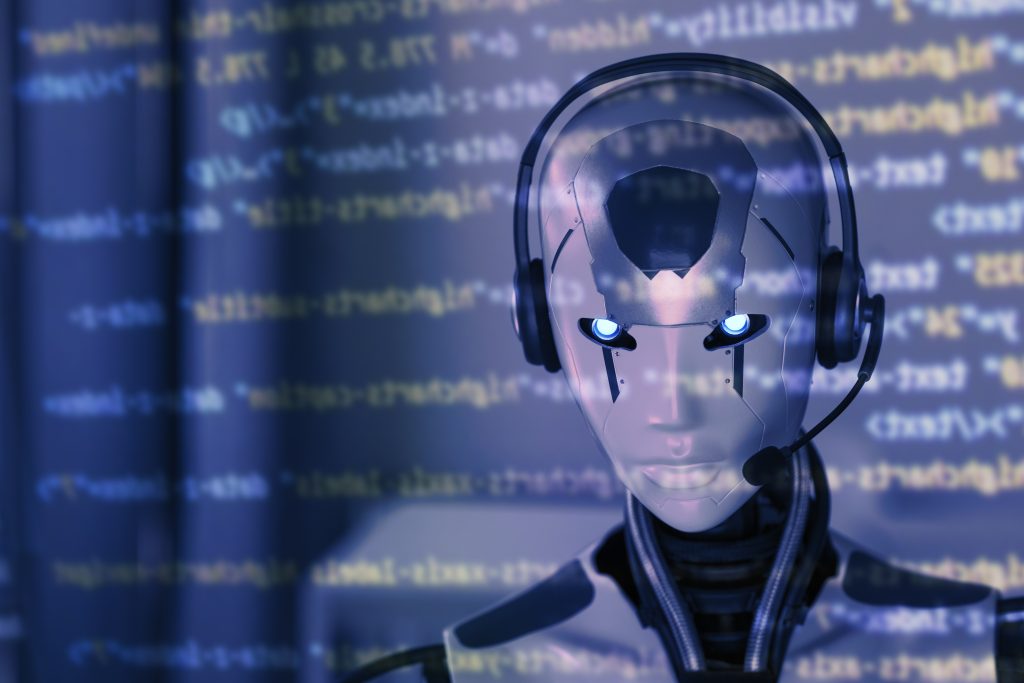In recent years, the convergence of artificial intelligence (AI) and cybersecurity has given rise to a new breed of cyber threats: AI-powered attacks. These sophisticated adversaries leverage machine learning algorithms to automate and enhance their offensive capabilities, posing unprecedented challenges to organizations worldwide.
In this blog, we’ll explore the emergence of AI-powered cyber attacks, examine their potential impact, and discuss effective defenses and countermeasures.
The Evolution of Cyber Threats
As AI technologies continue to advance, cybercriminals are harnessing their power to orchestrate more sophisticated and targeted attacks. AI-powered malware, phishing bots, and deepfake techniques are just a few examples of how AI is being weaponized to exploit vulnerabilities and evade traditional security measures. These attacks have the potential to cause widespread disruption, financial losses, and reputational damage to businesses and individuals alike.
Understanding AI-Powered Cyber Attacks
AI-powered cyber attacks encompass a wide range of tactics and techniques, including:
-
Automated Malware Generation:
AI algorithms can autonomously generate malware variants tailored to evade detection by traditional antivirus software and intrusion detection systems.
-
Adversarial Machine Learning:
Attackers can manipulate AI models used in security systems to bypass authentication mechanisms, compromise data integrity, or launch targeted attacks.
-
AI-Enhanced Phishing:
AI-powered bots can analyze vast amounts of data to craft highly convincing phishing emails, social media messages, or voice calls designed to trick users into revealing sensitive information or downloading malware.
-
Deepfake Attacks:
AI-generated deepfake videos and audio recordings can be used to impersonate individuals, manipulate public opinion, or deceive employees into taking malicious actions.
Defenses and Countermeasures
To effectively defend against AI-powered cyber attacks, organizations must adopt a proactive and multi-layered approach to cybersecurity. Here are some key strategies to consider:
-
AI-Powered Security Solutions:
Invest in AI-driven security tools and platforms that leverage machine learning algorithms to detect and respond to emerging threats in real-time.
-
Anomaly Detection:
Implement AI-based anomaly detection systems that can identify unusual patterns or behaviors indicative of potential cyber attacks across networks, endpoints, and cloud environments.
-
Continuous Monitoring:
Deploy automated monitoring and response systems to continuously assess the security posture of IT infrastructure, detect suspicious activities, and mitigate threats before they escalate.
-
User Awareness Training:
Educate employees about the risks of AI-powered cyber attacks and provide training on how to recognize and report suspicious behavior, phishing attempts, and social engineering tactics.
-
Adversarial Defense:
Develop and deploy AI models to detect and mitigate adversarial attacks targeting machine learning systems, such as model poisoning, evasion attacks, and data poisoning.
-
Collaboration and Information Sharing:
Foster collaboration within the cybersecurity community to share threat intelligence, best practices, and lessons learned from AI-powered cyber attacks.
As AI technologies continue to evolve, so too will the threat landscape facing organizations across the globe. By understanding the nature of AI-powered cyber attacks and implementing proactive defenses and countermeasures, businesses can enhance their resilience and mitigate the risks posed by these emerging threats.
From leveraging AI-driven security solutions to empowering employees with cybersecurity awareness training, every effort contributes to fortifying the digital defenses against AI-powered adversaries. By staying vigilant, adaptive, and collaborative, organizations can defend the digital realm and safeguard their assets, data, and reputation in an increasingly complex and interconnected world.






